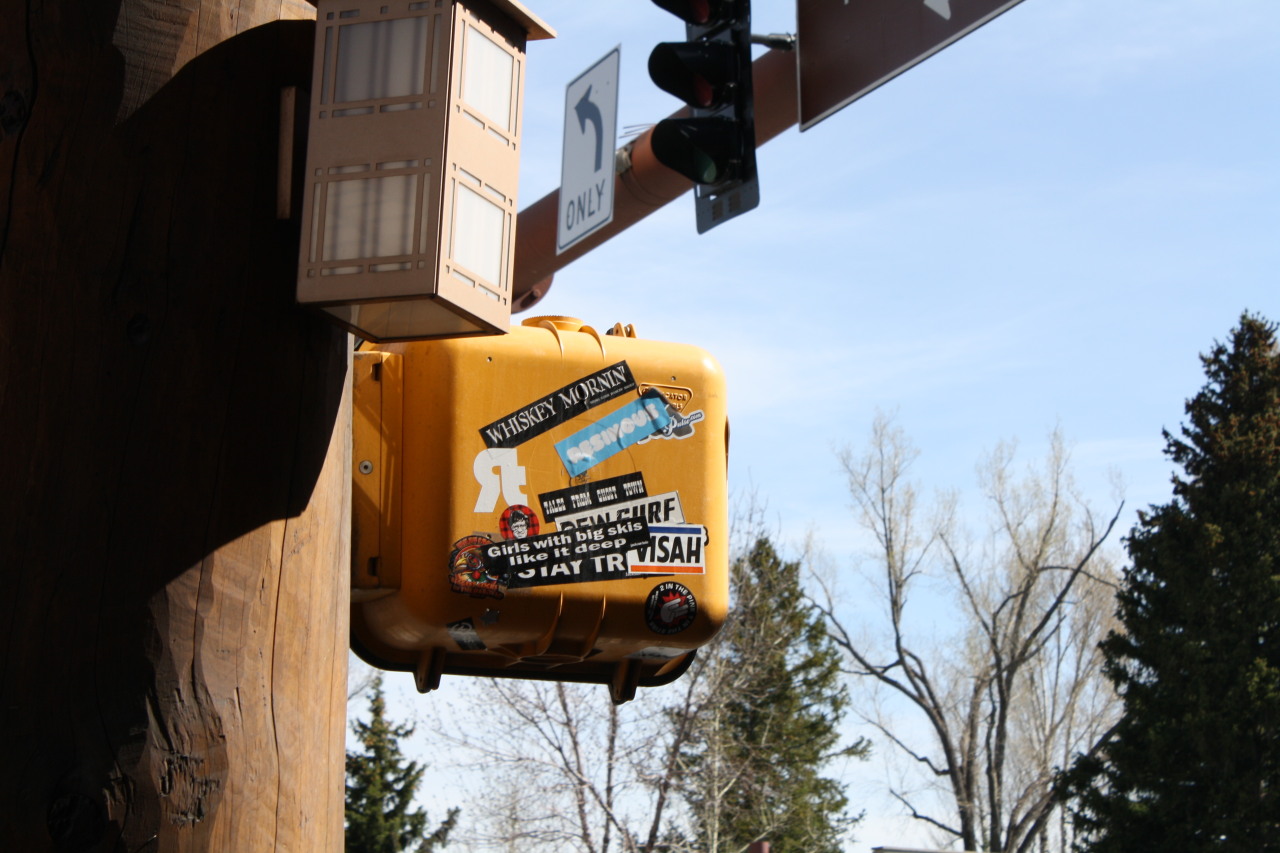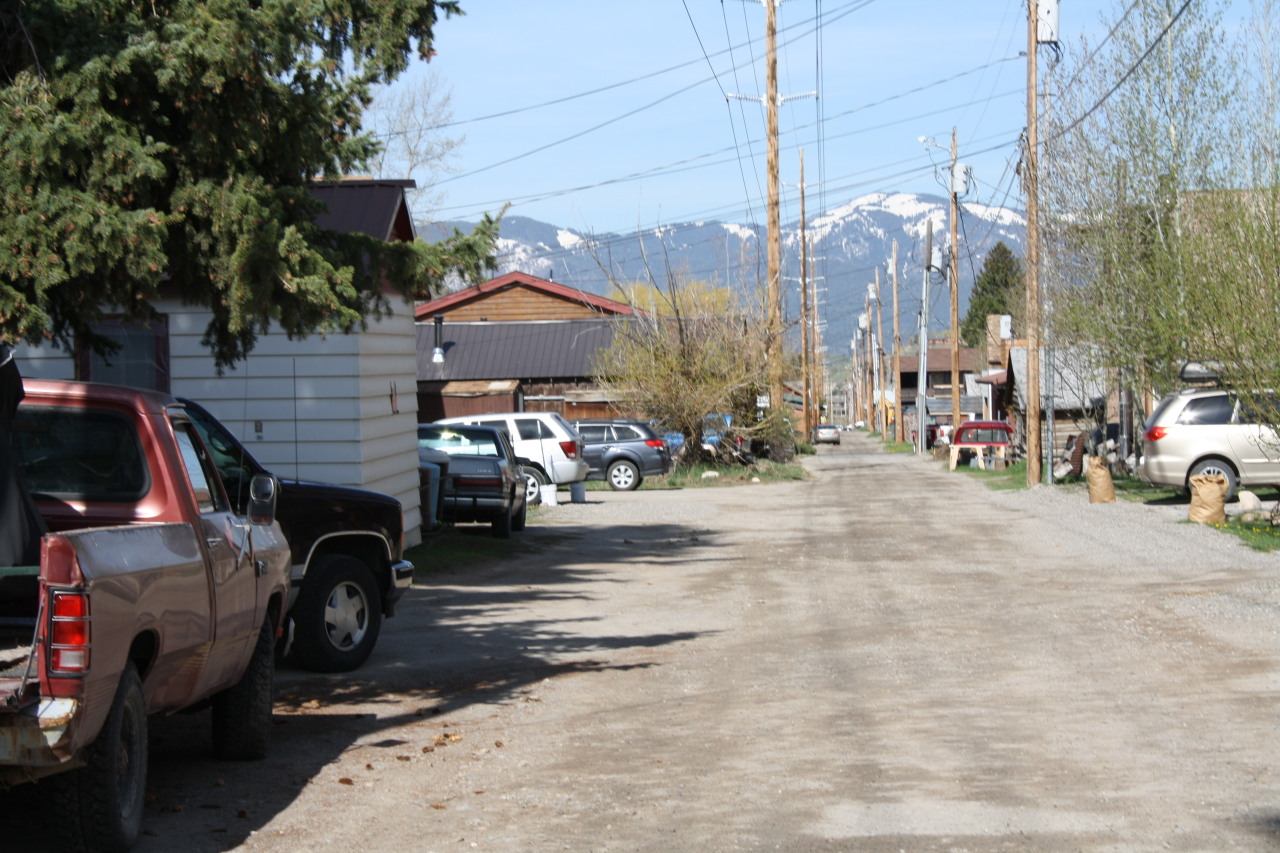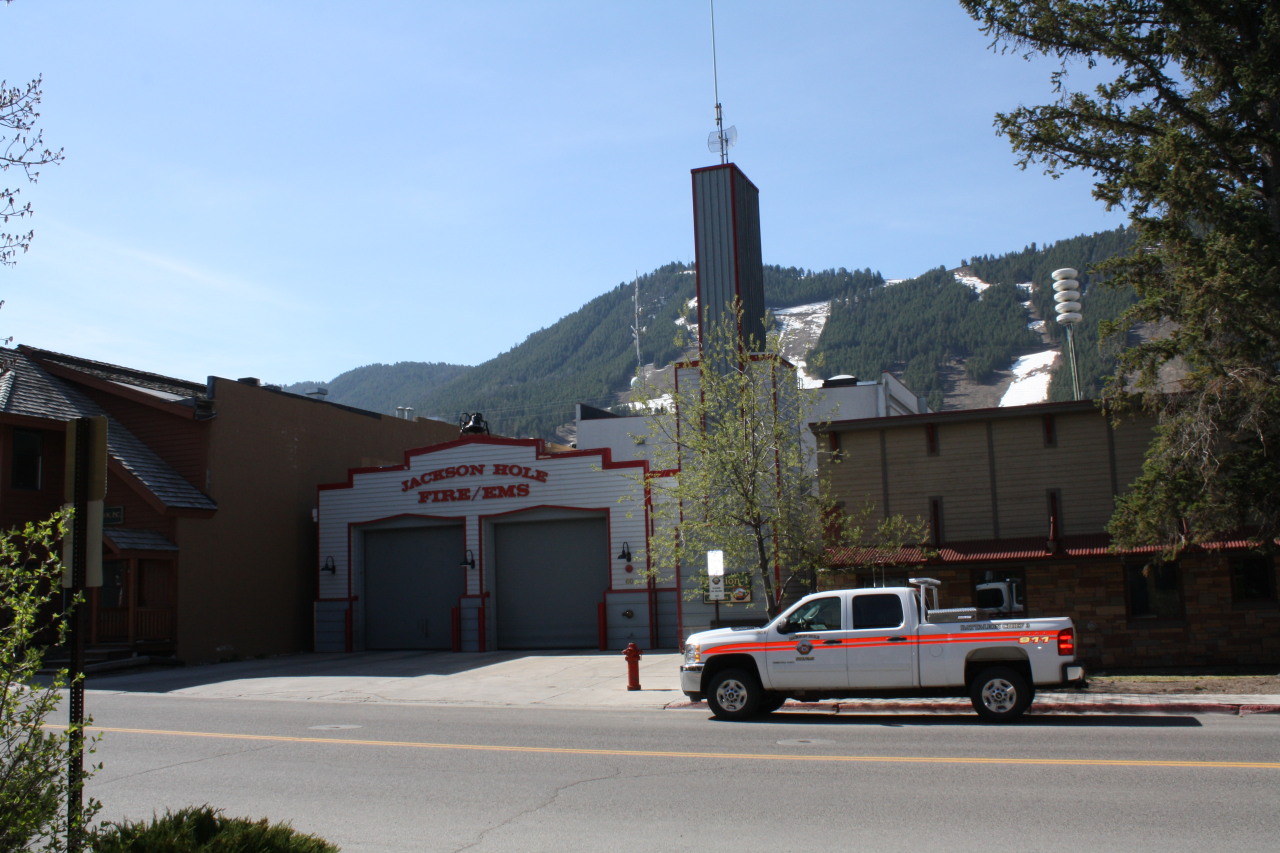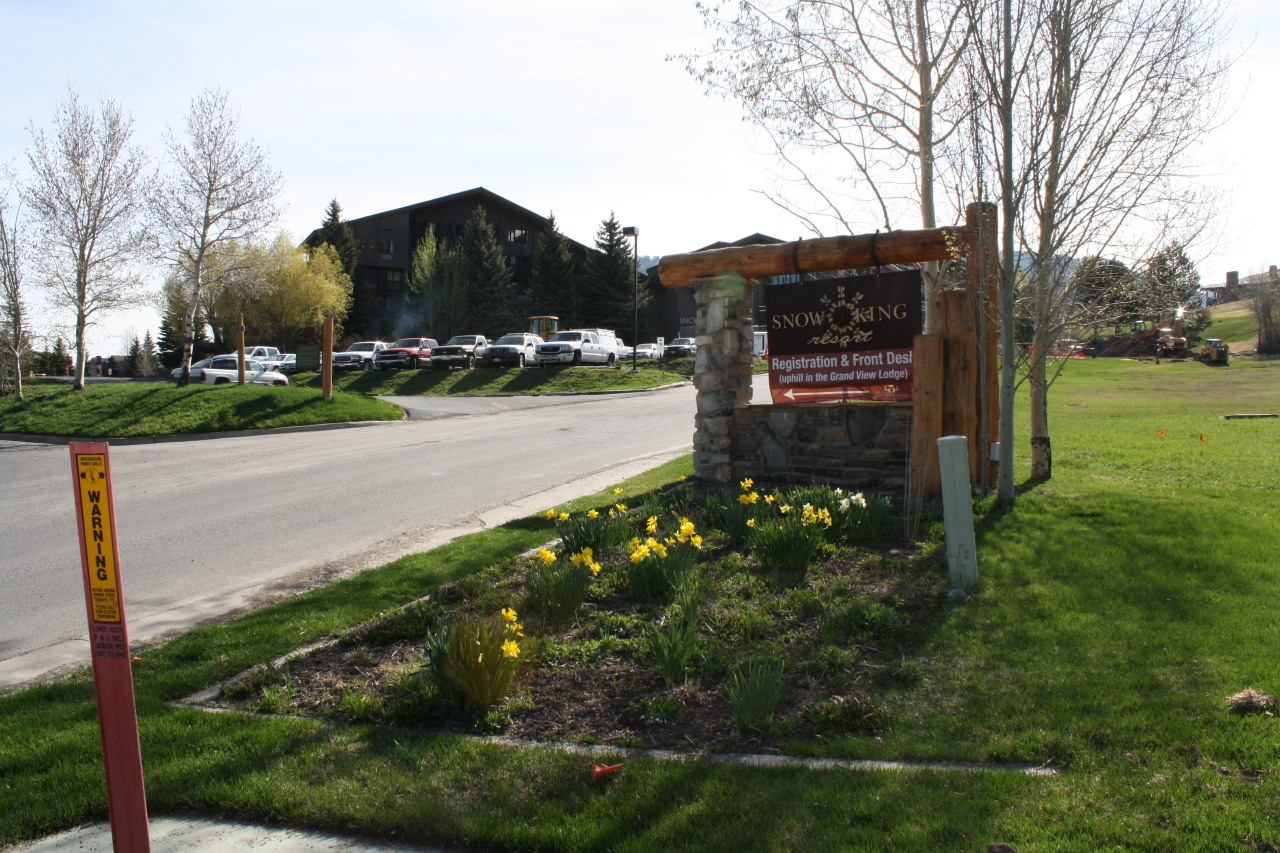Jackson Hole Place-as-Text
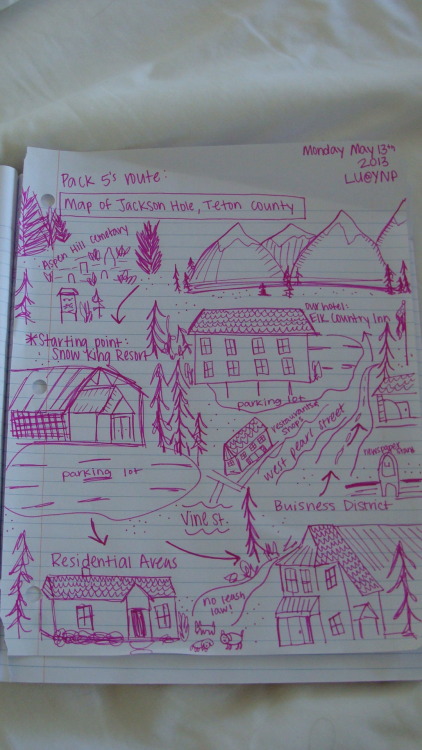
We started our place-as-text exploration near the Ski King Resort in Jackson Hole, Wyoming. This resort is located on the outskirts of town which is business and residential environment. We then walked the rest of our route which consisted of residential and commercial property split about half and half. The built environment was diverse. Towards the beginning of our route the buildings and homes were somewhat dated and appeared to be built in the 1970’s or 1980’s. Then as we moved more towards the center of town where the tourists would be, the built environment started to mimic the old rustic look of frontier Wyoming. The time we conducted this observation was mid-morning on a Monday under partly cloudy skies. The temperature was roughly 60 degrees and humid.
The landscape environment was mostly flat, however, where we started was at the base of the mountain, on which the ski resort was located. The social environment was very relaxed. Even though we were walking around with cameras and observing property and buildings no one gave us a second thought and most were on bikes or walking dogs and just continued on. In addition to this there was no one out. This however, might be able to be attributed to the fact that it was a Monday morning and people were at work.
The town’s environment interacts greatly with the landscape. For instance, in town where it is flat, the land is utilized for commercial and retail businesses as well as restaurants, bars, and hotels. On the outskirts of town is where the ski resort as a whole is located as this is where the mountains are, making this business possible. This is made possible by a cold climate which was evidenced by the fact that snow is still on the ground in mid-May. This means that the area is at least cold and most likely gets a lot of snow. Other times of the year it is warmer and the snow melts off.
This winter weather makes the ski resort possible which is a major industry in the town. This ski motif continues through the town with decorations and buildings that look like they belong in a ski town. In addition to this there were numerous bumper stickers that related to ski and snowboard companies. In addition to this there were numerous real estate and home caretaking companies which suggest a large vacation property or timeshare industry. The people we encountered that were residents were mostly white upper-middle class older people while we ran into younger people that appeared to have been renters.
The community itself is all about marketing tourism and vacationing in the town and surrounding areas. Most of the retail businesses were oriented towards tourists. The businesses that were not the trinket and t-shirt that were marketed towards, what one would presume to be locals were mostly higher end design, construction, and cabinet making stores. The town is packaging itself as the “authentic Wyoming” with rustic buildings, wooden sidewalks, and stone and fake woodwork. This is probably in an attempt to win over tourists by showing them what the west used to be like and what they see in westerns, however, as one our interviewees said, “While I like the town it is a little cheesy and gimmicky, but the town itself is well integrated into its surroundings.”
The people in the town were dressed and acted like one would expect tourists to dress and act. No one was dressed super nice and no one looked like they came out of an old western. The people who were not working in a shop or restaurant had cameras and conducted themselves like tourists. The exception to this was when we were in the residential part of town where people were riding bikes and walking dogs. These people were almost certainly long-term residents. Most of these people were interested in the outdoors, wildlife watching, the environment, and the rodeo. The town also seems to be heavily interested in school sports such as basketball, soccer, and such.
The public documents that were noticed mostly had to do with getting outside and doing things. They were for outdoor sports and businesses, concerts, and other environmental causes. The documents such as newspapers had to do with local environmental and town issues. These documents seemed to focus on sustainability and related topics. In addition to this a shopkeeper suggested that without tourism Jackson Hole would not exist because of the fact that a majority of their businesses were only frequented by tourists. This suggests that without tourism, most businesses would not exist.

